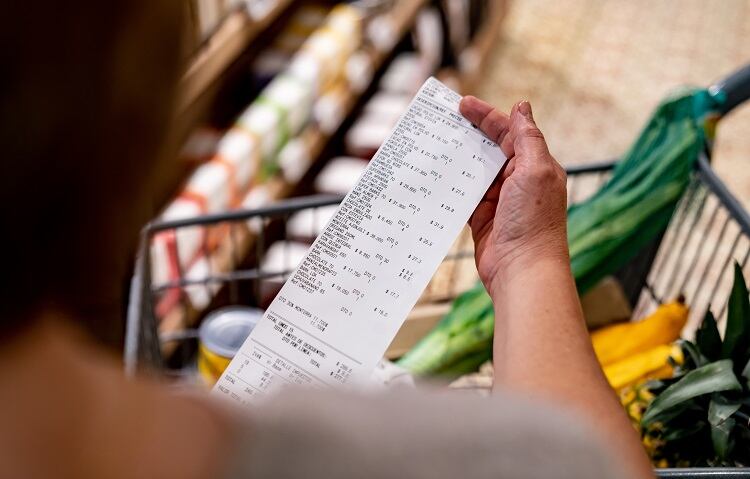The Manufacturers Health Index, published by software company Unleashed, presents the ‘health’ of a number of UK industries, which Unleashed defines via 16 performance metrics including purchasing, sales and internal efficiencies impacting stocking levels and lead times. Food is second from the bottom out of the sectors included, while beverage is near the top.
According to Unleashed, high inflation has had a significant role in this. Inflation is still significant: according to the UK's Office of National statistics (ONS), 'the overall price of food and non-alcoholic beverages rose around 26% between December 2022 and December 2023.'
“Food producers have come under more pressure than most to keep their prices low to support struggling households – and that’s reflected in their performance and profitability,” said Jarrod Adam, head of product at Unleashed.
“Food and beverage inflation was more than double that of the consumer price index (CPI) in 2023 affecting commodities, transportation, energy prices, with the cost of ingredients, packaging and distribution particularly significant for F&B manufacturers,” Phil Peters, head of supply chain services at FMCG consultancy YF, told FoodNavigator.
The rise of beverage
According to Unleashed’s report, beverage is, unlike food, relatively successful in the current economic landscape, scoring near the upper end of the sectors assessed. The key to this disparity may be, suggested Unleashed’s Adam, the UK’s large luxury drinks sector, which does not need to lower prices to be appealing to consumers.
“The UK is home to a wide variety of artisanal beer, wine, whisky and coffee producers, which are considered luxury items so they haven’t had to lower their prices.”
Risk, in this sector, is also differently distributed, said Adam. “They may also have been able to spread the risk more successfully by selling products through a mix of restaurants and pubs, retailers and directly to consumers – unlike food producers supplying supermarkets."
Changing costs around the world
Food is a complex industry and there could be many reasons that it’s more vulnerable to inflationary pressures than others in the UK.
For example, high labour inputs for some products in farm and factory could mean vulnerability to wage change, James Wolton, chief economist at the Institute of Grocery Distribution (IGD), told FoodNavigator. The industry also has a high reliance on imported materials, meaning that changing currency values and transport costs could affect overall profits.
Furthermore, food is an industry with high energy intensity, and in many parts of the supply chain also has to contend with weather affects and natural shocks, unlike industries that operate mostly indoors, such as car manufacturing. Lastly, in food there is a lack of spare productive capacity.
However, Wolton emphasised the industry is so broad and multi-faceted that it is difficult to make absolute statements about inflation causes across the board.
Fixing inflation
Fixing the problems in the food system is easier said than done. “Manufacturers have been working hard to find ways to offset inflationary pressures and lower costs; optimising supply chains, negotiating better deals with suppliers, investing in technology to improve production processes and exploring alternative sourcing opportunities,” YF’s Peters told us.
“Food brands have also had to get creative with adjusting product packaging or sizes to maintain profitability without significantly raising prices. For SMEs in particular, there's been a strong desire not to compromise on quality.”
Wolton, however, suggested inflation could be lessened by a focus on reducing waste, as the higher the cost of input, the higher the cost of waste. He also pointed out that automation and robotics have the potential to reduce labour cost.


